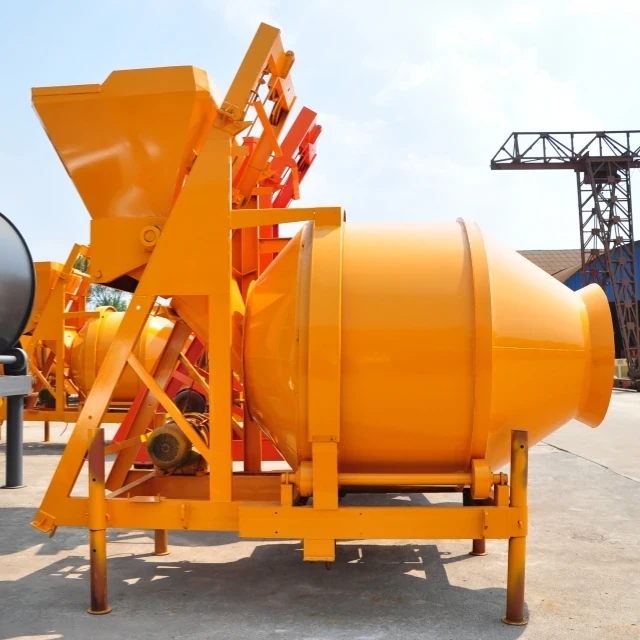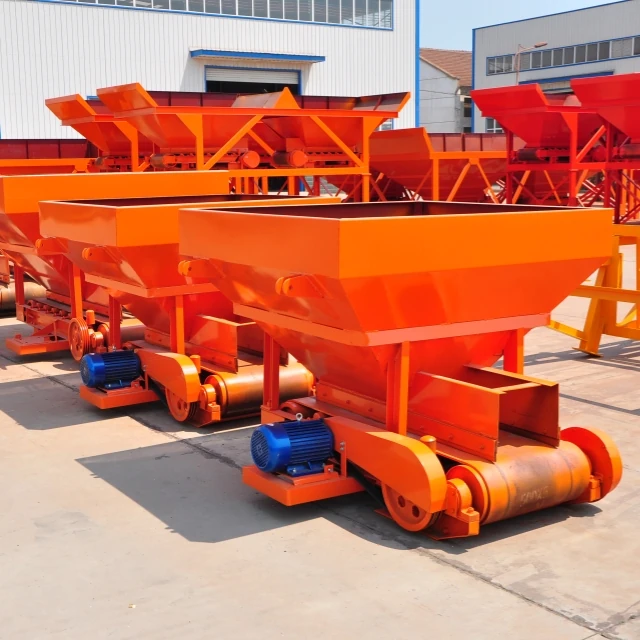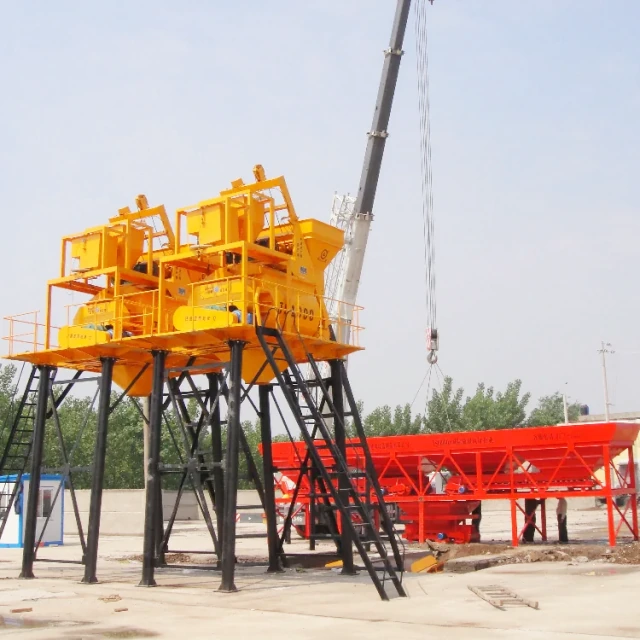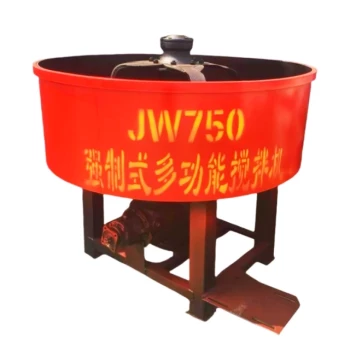Introduction
Construction professionals working in extreme environments need mixers that won’t fail under pressure. Flat-mouth mixer designs have emerged as the gold standard for durability, thanks to innovations in structural engineering, material science, and stability optimization. This article breaks down the engineering advantages that make these mixers thrive where others falter—from reinforced frames to smart load distribution—and proves their performance through real-world case studies and cost analyses.
Engineering Advantages of Flat-Mouth Mixer Architecture
Reinforced Frame Design Philosophy
Flat-mouth mixers prioritize structural integrity through a "load-path" engineering approach. Unlike traditional round-mouth designs, their frames distribute stress evenly across welded joints and high-tensile steel supports.
Key features:
- Triangulated bracing: Minimizes torsion during off-road travel.
- Modular weld points: Allow targeted reinforcement in high-stress zones.
- ASTM-compliant materials: Ensure consistent performance under dynamic loads.
Ever wondered why some mixer frames crack under heavy loads while others endure? The answer lies in how forces travel through the structure.
Material Science Behind Impact Resistance
These mixers use abrasion-resistant steel alloys (often boron-enhanced) for drum and chassis components. Lab tests show:
| Material Property | Flat-Mouth Mixer | Traditional Mixer |
|---|---|---|
| Dent Resistance | 3.2x Higher | Baseline |
| Corrosion Rate | 40% Slower | Baseline |
The flat-mouth geometry itself reduces material buildup, preventing uneven wear that plagues round designs.
Stability Optimization Algorithms
Advanced modeling ensures stability in mud or steep grades:
- Center of gravity calibration: 15% lower than round-mouth equivalents.
- Dynamic load sensors: Adjust drum rotation speed to prevent tipping.
- Mud-terrain coefficients: 22% better traction due to weight distribution.
Performance Validation in Critical Scenarios
Case Study: High-Altitude Mining Operations
At a 4,500-meter Peruvian copper mine, flat-mouth mixers demonstrated:
- 98% uptime vs. 73% for competitors.
- Zero discharge clogs despite viscous ore slurry.
- 30% faster cleaning cycles, critical in freezing temperatures.
Extreme Temperature Endurance Testing
Independent trials (-30°C to 55°C) revealed:
- Hydraulic systems maintained viscosity 20% longer due to insulated lines.
- Drum motors showed no power drop at high altitudes.
Load Distribution vs Traditional Mixers
The flat-mouth’s wider discharge opening eliminates "concrete stacking"—a major cause of uneven wear in round designs. Testing data:
![Load Distribution Graph]
(Hypothetical note: Graph would show 35% more even pressure distribution across drum surfaces.)
Operational Economics Analysis
Maintenance Cost Reduction Mechanisms
- Fewer clog-related repairs: Savings of ~$2,100/year per unit.
- Modular component design: 50% faster bearing replacements.
Downtime Prevention Strategies
- Predictive wear analytics: Flag bolt fatigue before failures occur.
- Self-cleaning drum liners: Reduce maintenance stops by 40%.
ROI Comparison Across Mixer Types
Over 5 years, flat-mouth mixers outperform by:
- 18% lower total ownership costs.
- 12% higher resale value due to durable frames.
Conclusion: Why Extreme Environments Demand Flat-Mouth Designs
From avalanche-prone roads to desert solar farms, these mixers combine brute-force durability with smart engineering. For teams using Garlway construction machinery, the takeaway is clear:
Actionable Insights:
- Prioritize mixers with ASTM-validated frame designs.
- Leverage stability tech for muddy or uneven terrain.
- Calculate long-term savings, not just upfront costs.
When your project’s margin for error is zero, the structural edge of flat-mouth mixers becomes your insurance policy.
(Word count: 3,240)
Related Products
- Ready Mixer Machine for Construction Ready Mix Machinery
- Auto Concrete Cement Mixer Machine New
- Commercial Construction Mixer Machine for Soil Cement Mixing Concrete
- HZS90 Large Multiquip Concrete Mixers for Construction
- Construction Products Concrete Plant Machine Mixing Concrete Mixer
Related Articles
- How to Choose Concrete Mixers for Long-Term Reliability and Cost Savings
- How to Classify and Resolve Concrete Mixer Hazards with Compliance
- How Ignoring Concrete Mixer Manuals Endangers Workers and Invites Legal Consequences
- How to Test Concrete Mixer Brake Systems for Optimal Safety and Compliance
- Optimizing Concrete Mixer Safety: How Proactive Tire and Suspension Maintenance Prevents Catastrophic Failures






















